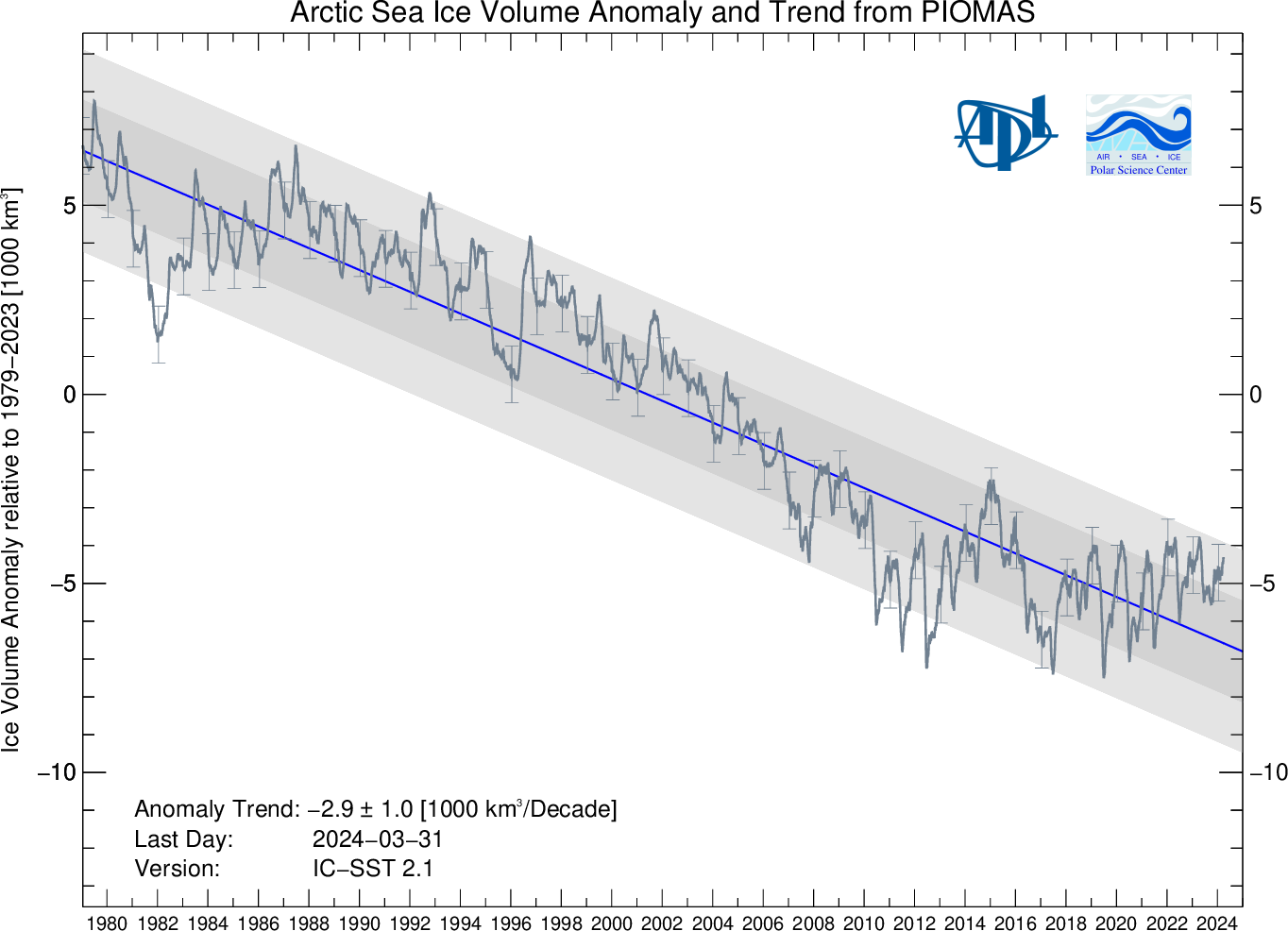For the Media | The Arctic sets yet another record low maximum extent | National Snow and Ice Data Center
Arctic sea ice was at a record low maximum extent for the second straight year, according to scientists at the National Snow and Ice Data Center (NSIDC) and NASA.
“I’ve never seen such a warm, crazy winter in the Arctic,” said NSIDC director Mark Serreze. “The heat was relentless.” Air temperatures over the Arctic Ocean for the months of December, January and February were 2 to 6 degrees Celsius (4 to 11 degrees Fahrenheit) above average in nearly every region.
****************************************************************************************
But that's all lies, isn't it. These NSIDC "scientists" consulted Conspiracy HQ in the secret basements at East Anglia and received their marching orders as to what temperatures to report and what clever CG-faked satellite photos to publish. There's no chance of this project going astray. Anyone considering revealing the hoax disappears along with their extended families, into the white slave trade of darkest Africa. Yeah. That's what's happening.
Arctic sea ice was at a record low maximum extent for the second straight year, according to scientists at the National Snow and Ice Data Center (NSIDC) and NASA.
“I’ve never seen such a warm, crazy winter in the Arctic,” said NSIDC director Mark Serreze. “The heat was relentless.” Air temperatures over the Arctic Ocean for the months of December, January and February were 2 to 6 degrees Celsius (4 to 11 degrees Fahrenheit) above average in nearly every region.
****************************************************************************************
But that's all lies, isn't it. These NSIDC "scientists" consulted Conspiracy HQ in the secret basements at East Anglia and received their marching orders as to what temperatures to report and what clever CG-faked satellite photos to publish. There's no chance of this project going astray. Anyone considering revealing the hoax disappears along with their extended families, into the white slave trade of darkest Africa. Yeah. That's what's happening.


